The rounded towers, heavy gates, and battlements reflect the defensive architecture of the 11th and 12th centuries.
If castles are fairytales, the Walls of Ávila are the epic prologue. Rising like a crown of stone around the old town, these ramparts are among the best-preserved medieval walls in all of Europe. Stretching for 2.5 kilometers and bristling with 87 towers and 9 monumental gates, they turn Ávila into a living storybook of knights, saints, and sieges.
The most imposing of the gates, this triple-arched entrance looks like it belongs in a Game of Thrones set. It once served as the city’s main entry point, boasting towers and battlements to intimidate would-be attackers.
Flanked by twin circular towers, this gate is both massive and majestic. Its strategic position highlights Ávila’s role as a frontier stronghold, guarding against centuries of unrest.
Of the 87 towers, many are accessible and reward you with sweeping views. Each tower was once a lookout post, where guards scanned the horizon for enemies. Today, they’re perfect for photographers chasing dramatic angles.
Sections of the wall are open to visitors, complete with well-maintained paths, informative panels, and breathtaking vistas. From here, Ávila Cathedral’s Gothic spires rise like a sentinel, while the distant Sierra de Gredos mountains roll against the horizon.
If you stay after sunset, the Walls of Ávila glow with golden light. Their floodlit stonework transforms the fortress into a cinematic scene that lingers long after you’ve left.
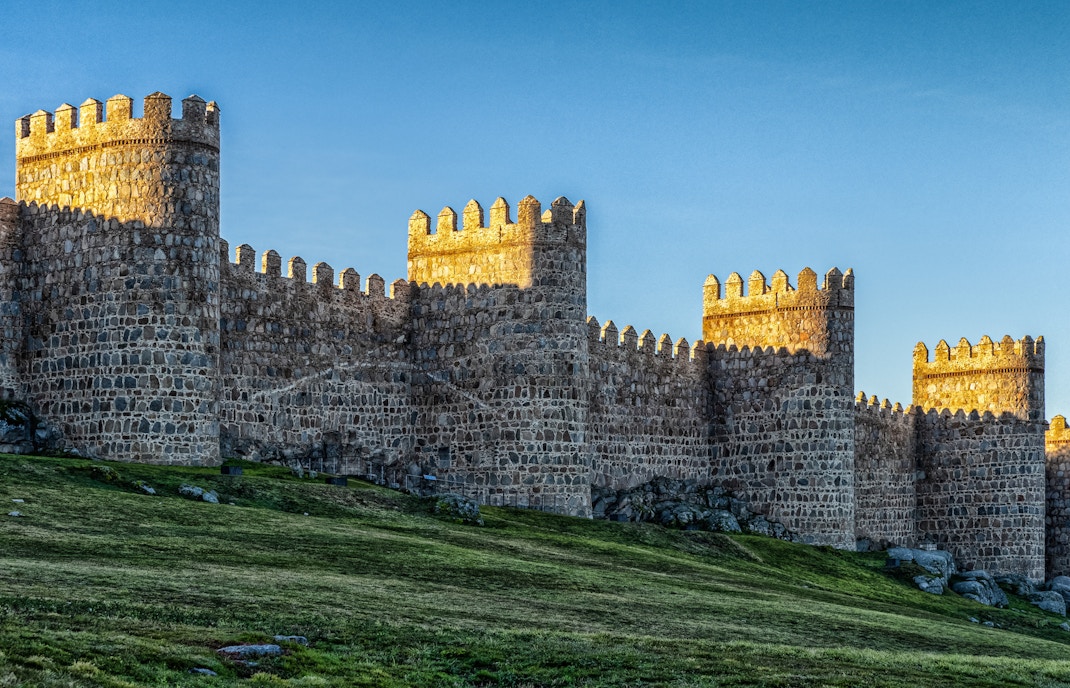
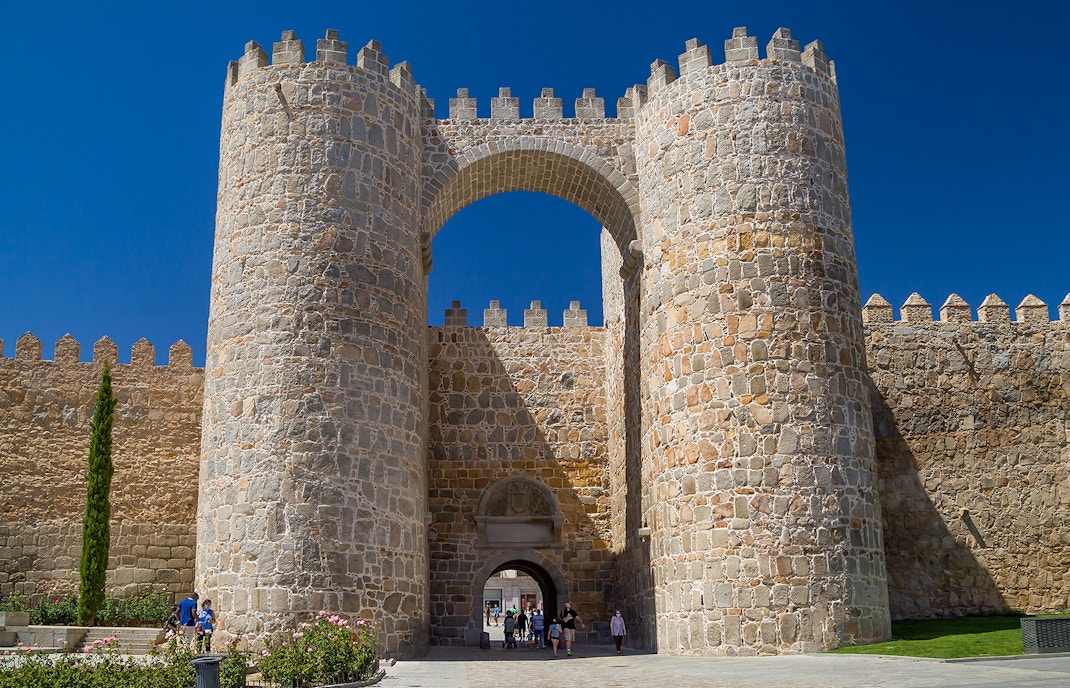
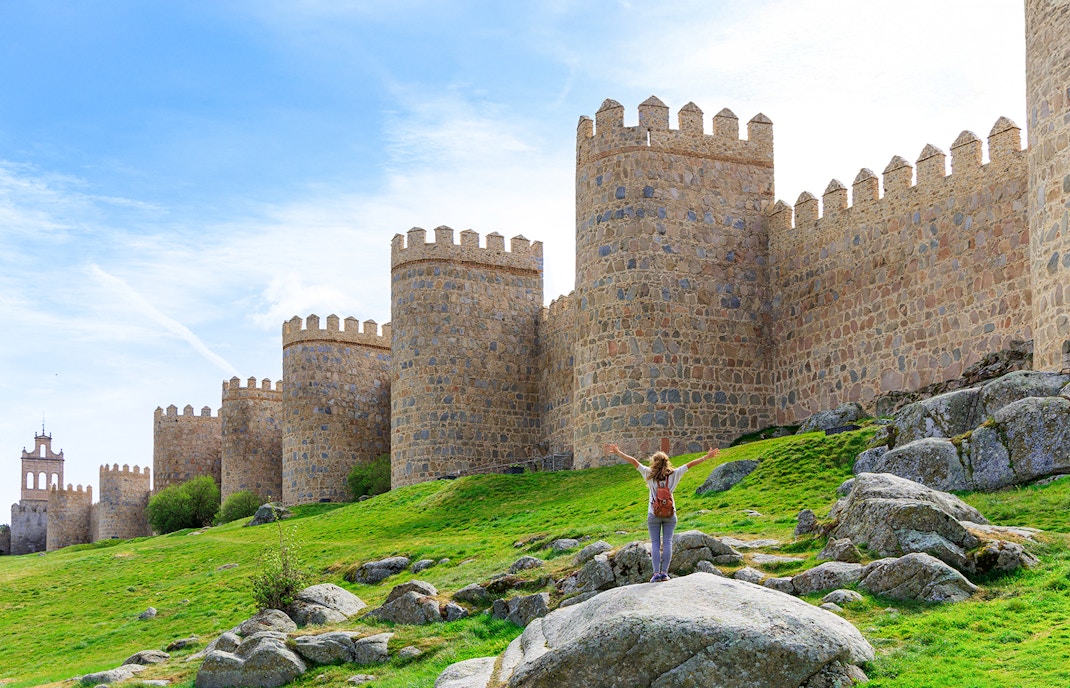
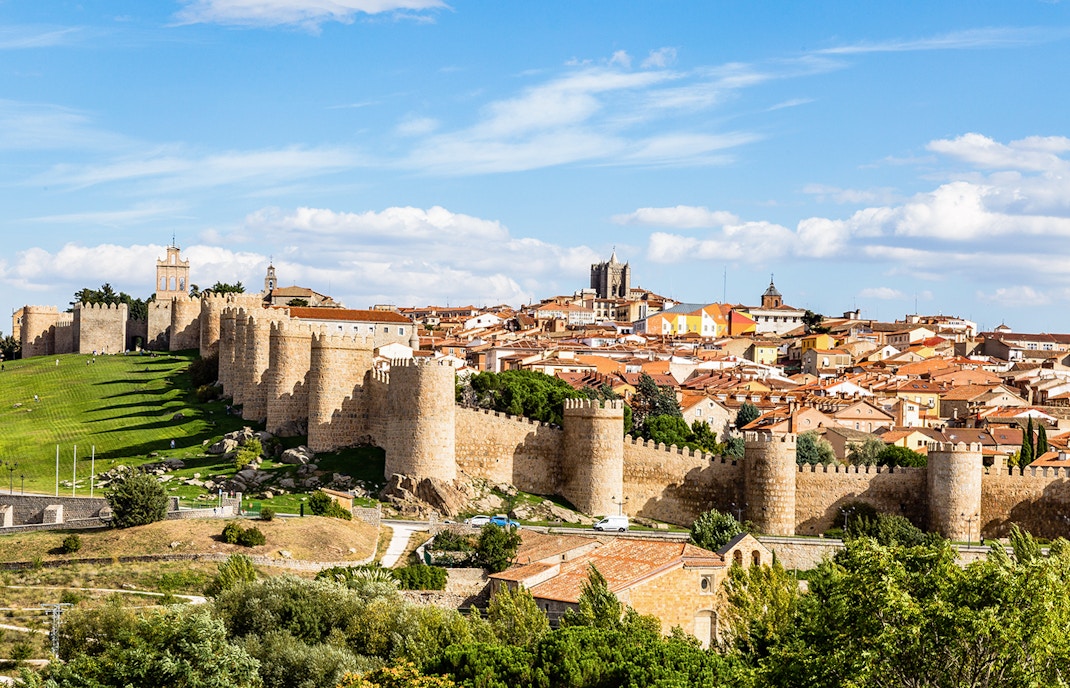
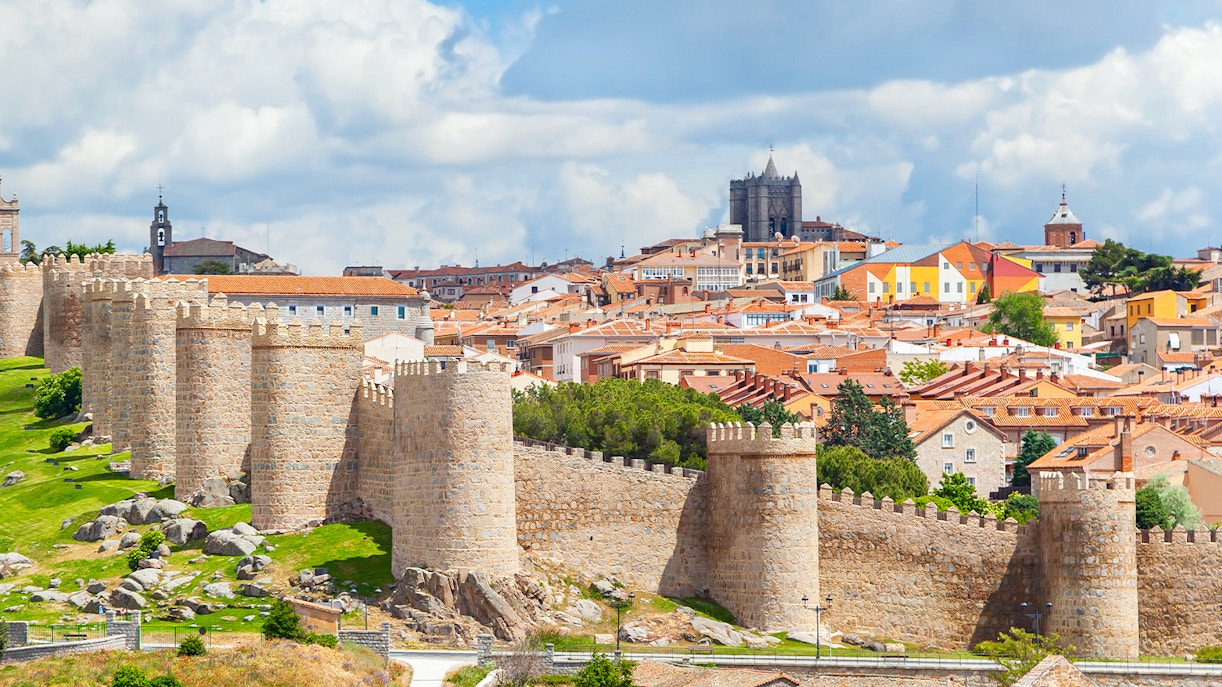
No, only certain sections are open to visitors, but these provide some of the best viewpoints in the city.
Admiring them from outside is free. Climbing onto the ramparts requires a ticket.
Yes! Kids love exploring the towers, though you’ll want to keep a close eye on them along the high walkways.
Spring and autumn offer mild weather and fewer crowds. Summer evenings are magical when the walls are lit up.
They are one of the most complete medieval walled circuits in the world, enclosing the old city almost entirely intact.